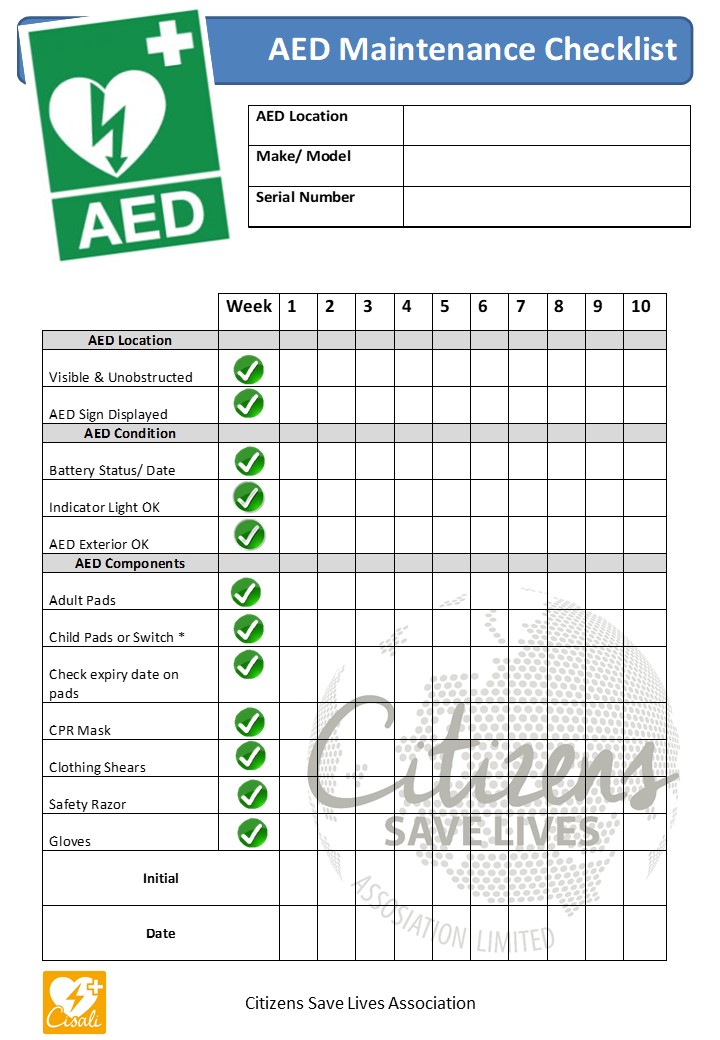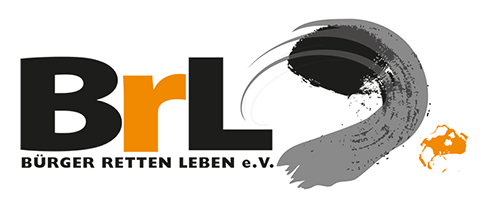That was a couple of years ago. Then one morning while concentrating on an important project, you hear a commotion on the other side of your open-plan office... somebody calls for the AED. You grab the AED from the cabinet located near your desk and run to help your colleagues. You notice Tom from sales is giving chest compressions to another guy from IT, his name escapes you right now. You kneel down opposite Tom and place the AED on the floor. You press the 'on' button then.... nothing. You press the on button again and still nothing is happening. Tom shouts at you 'turn it on, turn it on' as he continues with chest compressions. You press the on button 5 or 6 more times before realising the 'life-saving' AED you walk past every morning, hasn't been checked in months. The battery is flat and more than likely the pads have expired too. You remember that for every minute that passes, the chance of your colleague surviving is reduced by 10%. You get a horrible sinking feeling in your stomach.
Unfortunately this scenario plays out in reality all too often. Organisations go to the trouble and expense of purchasing an AED, training staff in their use and developing workplace policies and procedures. The AED is installed in a cabinet, the door is closed and everyone rests on their laurels. Yet one of the most important policies to consider at this point is around the inspection and maintenance of the defibrillator. It is vital that on at least a weekly basis every AED in your workplace is inspected to ensure 'self-tests' have passed, the battery & pads have not expired and the ancillary equipment is in place. It is also important that responders receive regular refresher training. More recent developments in technology have allowed the development of 'self-monitoring' defibrillators (the Lifepak CR2 for example) and cabinets that use sensors to monitor older AED's via the internet. These can be a great help especially for organisations with multiple AED's spread across a large site or even multiple sites.
Citizens Save Lives Association have designed a checklist to help ensure your defibrillator is checked regularly so your location can become heart safe. Feel free to use it!


